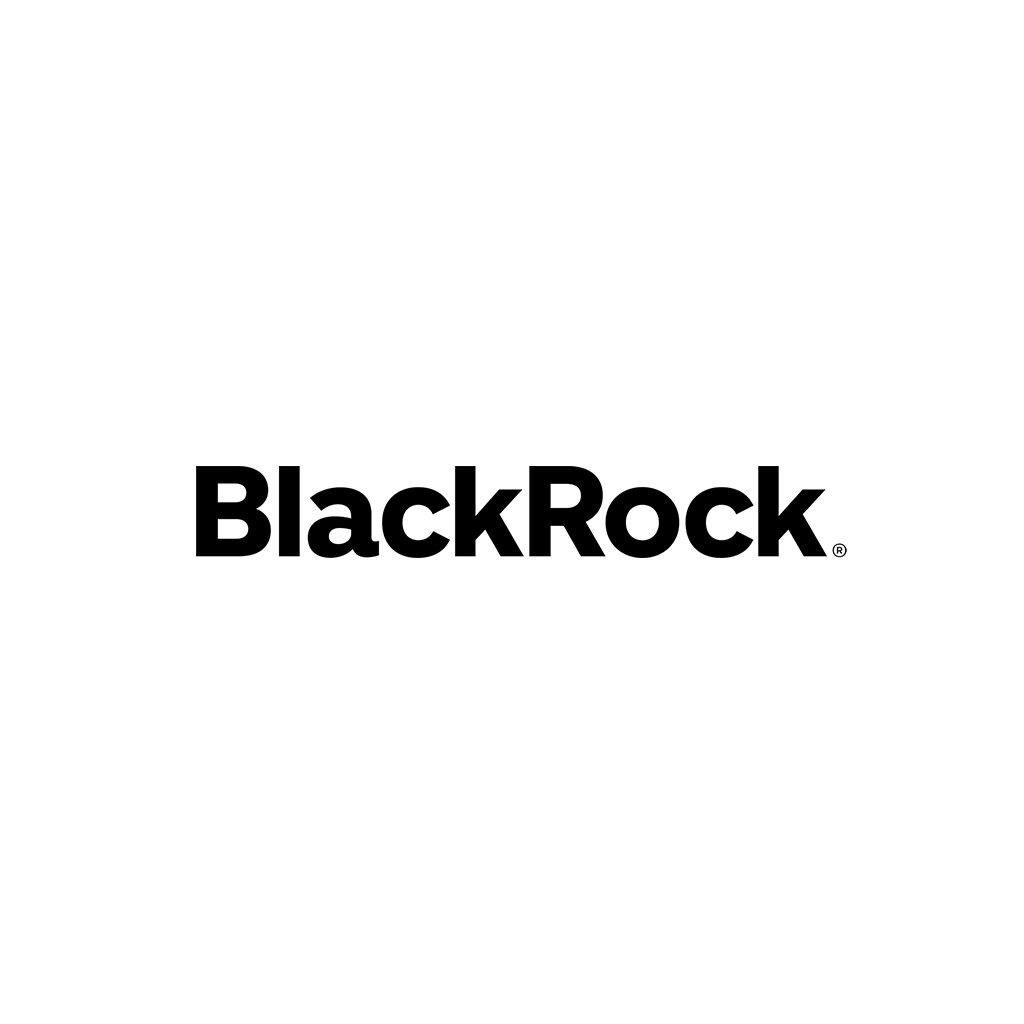
BlackRock
BlackRock is an American multi-national asset management firm with 89 offices globally across Europe, Africa, Asia Pacific, the Middle East, and the Americas in 38 countries. It joined the Net Zero Asset Managers Initiative on 29 March 2021 and its initial target disclosure was published on 1 May 2022.
Percentage of assets covered by the Net Zero Asset Managers Commitment Statement
77% of total AUM (USD $7300 billion)
Information on interim target(s) covering the proportion of assets to be managed in line with net zero
Baseline(s):
Portfolio coverage baseline
Currently, approximately 25% of BlackRock assets under management with respect to corporate and sovereign issuers is invested for clients in issuers with science-based targets or equivalent.
Target(s):
Portfolio coverage target
As the transition proceeds and issuers and asset owners continue to position themselves in front of it, we anticipate that by 2030, at least 75% of BlackRock corporate and sovereign assets managed on behalf of clients will be invested in issuers with science-based targets or equivalent.
To read BlackRock’s full 2030 Net Zero statement, which provides additional and important background about the firm’s position on this matter, please see BlackRock’s 2030 Net Zero Statement.
GHG scopes included:
The methodology used does not include the calculation of financed emissions.
Methodology:
Science Based Target initiative for Financial Institutions
Own/other methodology
Scenario(s):
The guidance set by the Science-Based Targets initiative is based on mitigation pathways that limit warming in line with the climate goals of the Paris Agreement.
The Climate Action Tracker (CAT) rating method evaluates a broad spectrum of government targets and actions to reduce greenhouse gas emissions in line with the Paris Agreement temperature goal. To assess the climatic impact of all the targets put forward by countries – and, thus the consistency with the Paris Agreement – CAT derives a global emissions pathway to 2100 which is used as input to a carbon-cycle / climate model (MAGICC6). It is run multiple times to obtain a probability distribution of global mean temperature and the corresponding central median estimate and corresponding exceedance probabilities.
Additional information
Proportion of AUM committed:
Scope reflects the vast majority of listed corporate securities (listed equities and debt with ACWI IMI issuers) and treasuries, and was chosen based on currently available data and methodologies. BlackRock is actively engaging with the Partnership for Carbon Accounting Financials (PCAF), the Institutional Investors Group on Climate Change (IIGCC), Science-based Targets Initiative (SBTi), and a range of other industry initiatives and working groups to help contribute to the development and advancement of data and methodologies for the financial industry.
At least 75% of corporate and sovereign AUM initially anticipated to be in line with net zero.
Policy on coal and other fossil fuel investments:
As an asset manager with multiple offerings across equities, fixed income, multi-asset, systematic, liquidity, alternatives and ETFs and index investments, BlackRock’s approach to climate risk and the role of fossil fuel investment requires a combination of approaches. However, on behalf of our clients, we expect to remain long-term investors in carbon-intensive sectors like traditional energy, and we do not pursue broad divestment from sectors and industries as a policy. In alignment with our conviction that climate risk is investment risk, BlackRock has taken a number of actions including:
• Thermal Coal: In 2020, BlackRock, after extensive analysis, took an investment view in discretionary active investment portfolios to exit public debt and equity investments in businesses generating greater than 25% of revenue from thermal coal production. Our active portfolio managers concluded that the long-term economic or investment rationale no longer justified continued investment in these businesses.
• Investment Stewardship: The BlackRock Investment Stewardship (BIS) team engages with companies to assess how material sustainability-related factors impact a company’s ability to generate long-term shareholder returns. In 2020, BIS focused engagement on a climate universe of 440 public companies, representing about 60% of the global Scope 1 and Scope 2 greenhouse gas (GHG) emissions of the companies in which we invest on behalf of our clients. In 2021, we expanded our focus universe to over 1,000 carbon-intensive public companies that represent 90% of the global scope 1 and 2 GHG emissions of our clients’ public equity holdings with BlackRock. The BIS Climate Focus Universe can be found here.
• Implementation of a Heightened Scrutiny Framework (HSF) for climate risk: BlackRock developed and implemented a “Heightened Scrutiny Framework” to track, analyse, and manage active positions in issuers that are significantly exposed to climate risk due to: a) high carbon emissions today, b) insufficient preparation for the net zero transition, and c) low reception to our investment stewardship engagement. Where we do not see enough progress for these issuers, and in particular where we see a lack of alignment combined with a lack of engagement, we may not support management in our voting for the holdings our clients have in index portfolios, and we will also flag these holdings for targeted review and engagement in our discretionary active portfolios where we believe they may present a risk to performance.
The AUM is as of 30/09/21.
Further information: